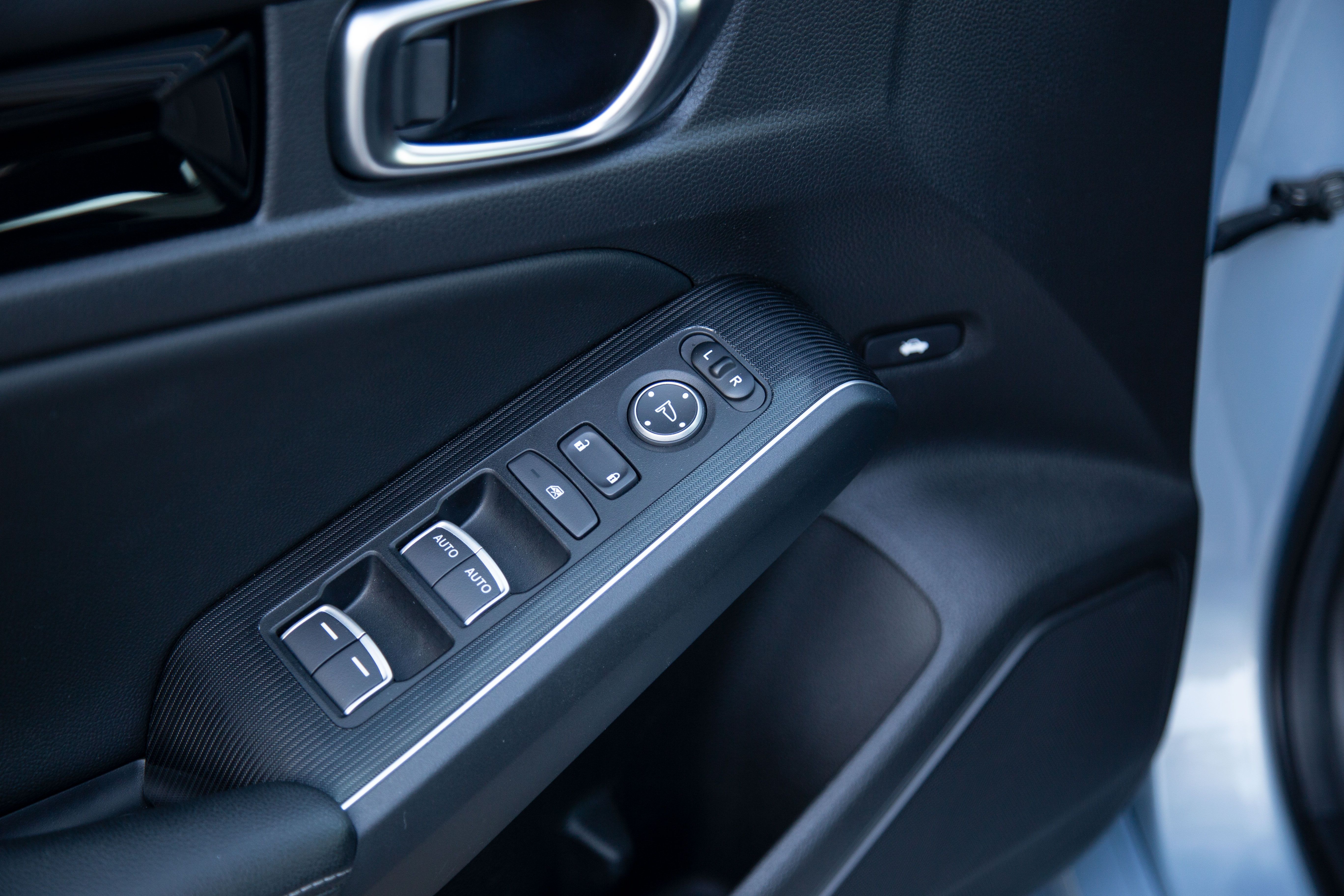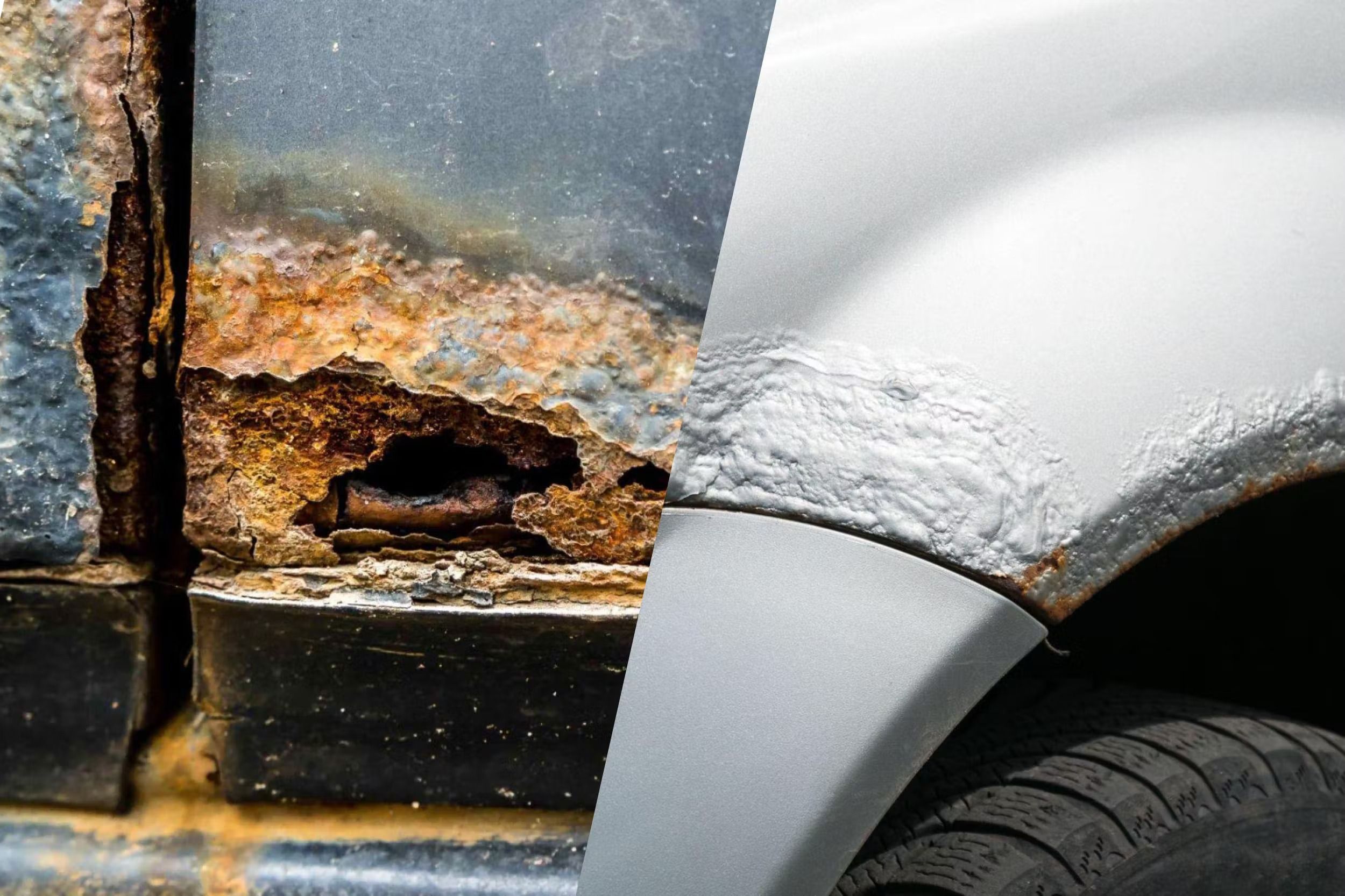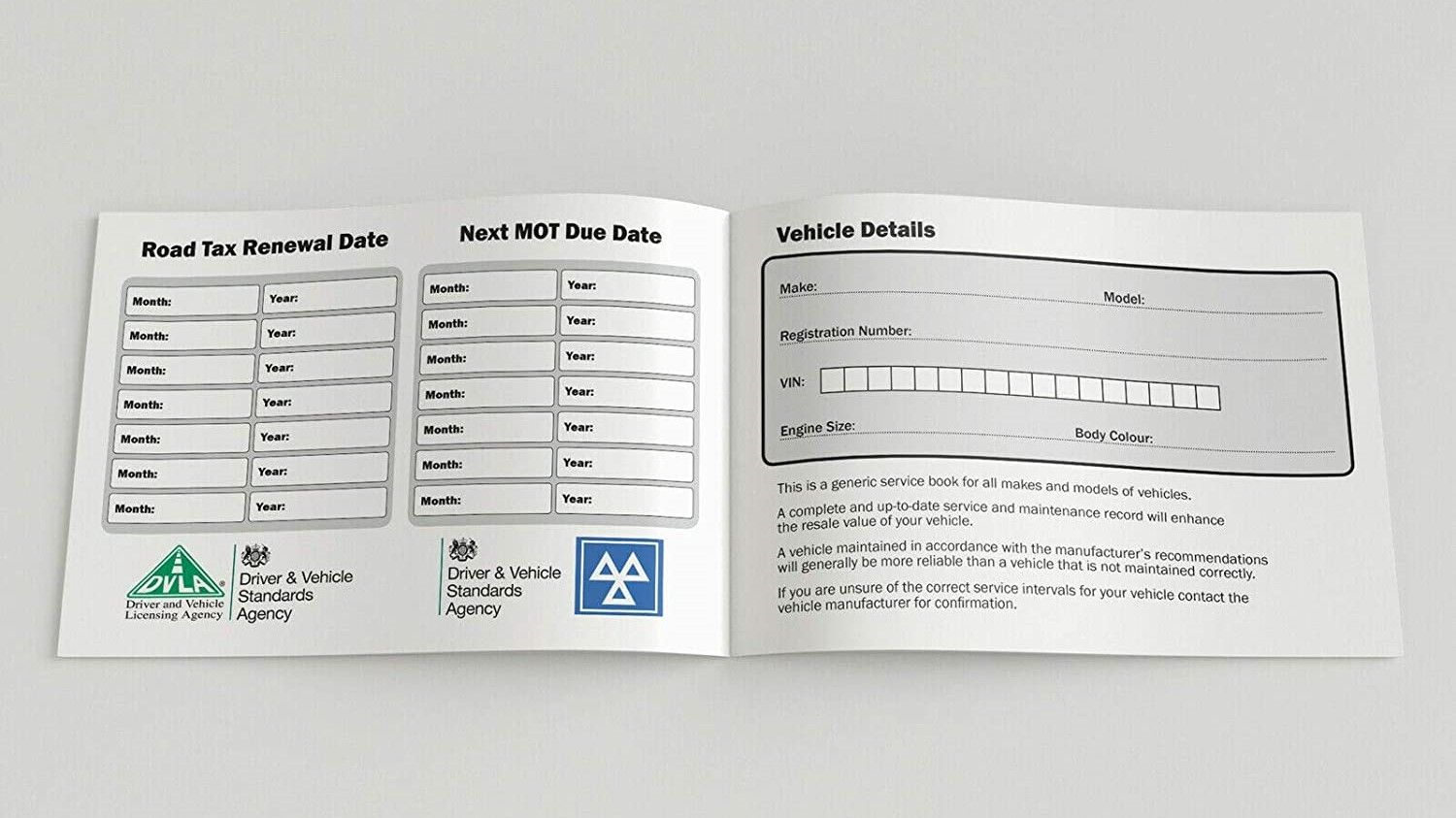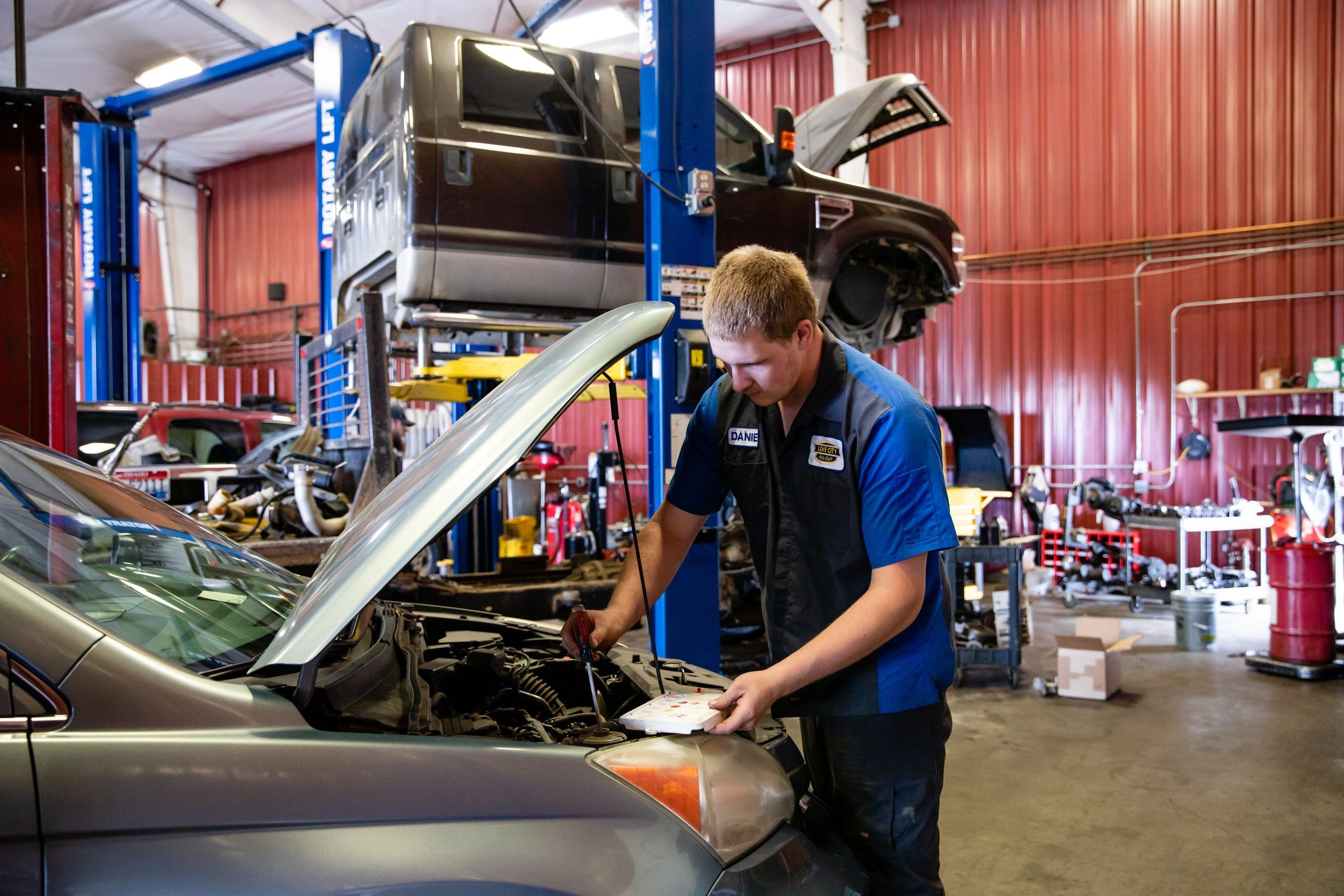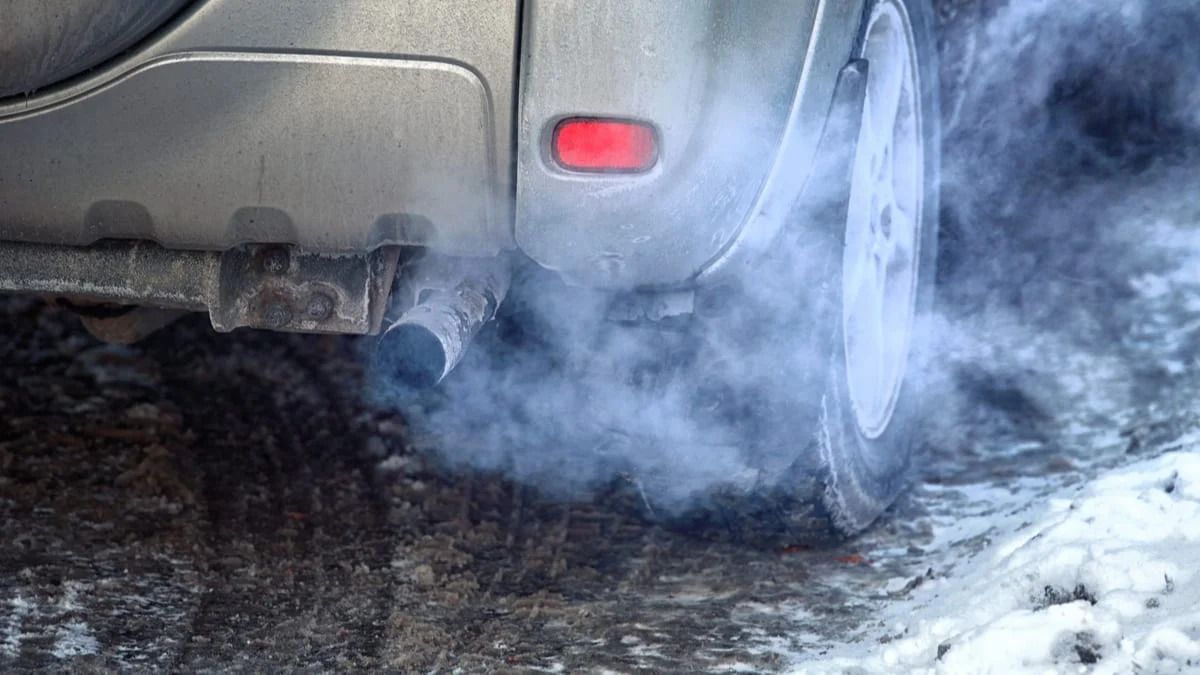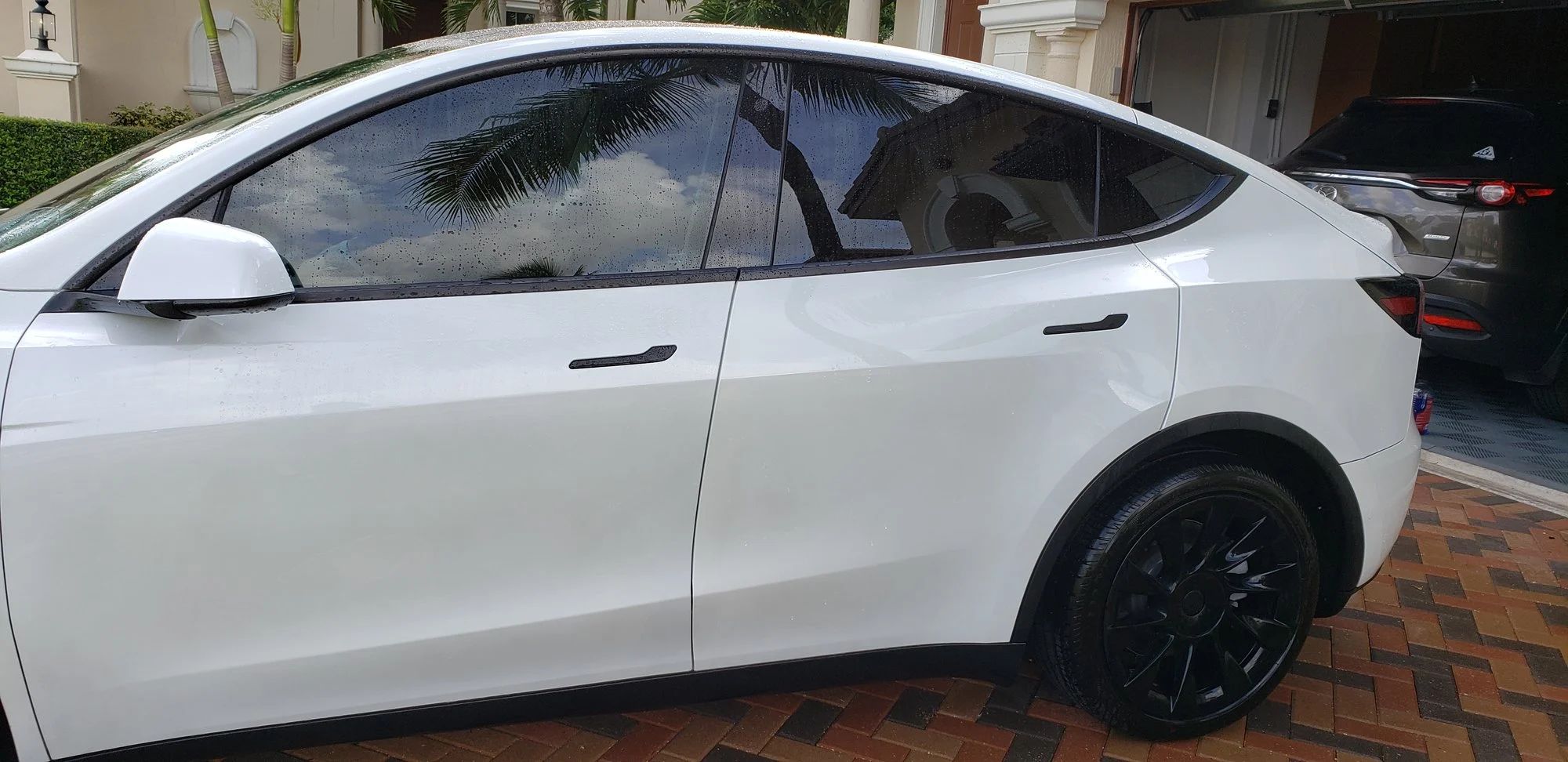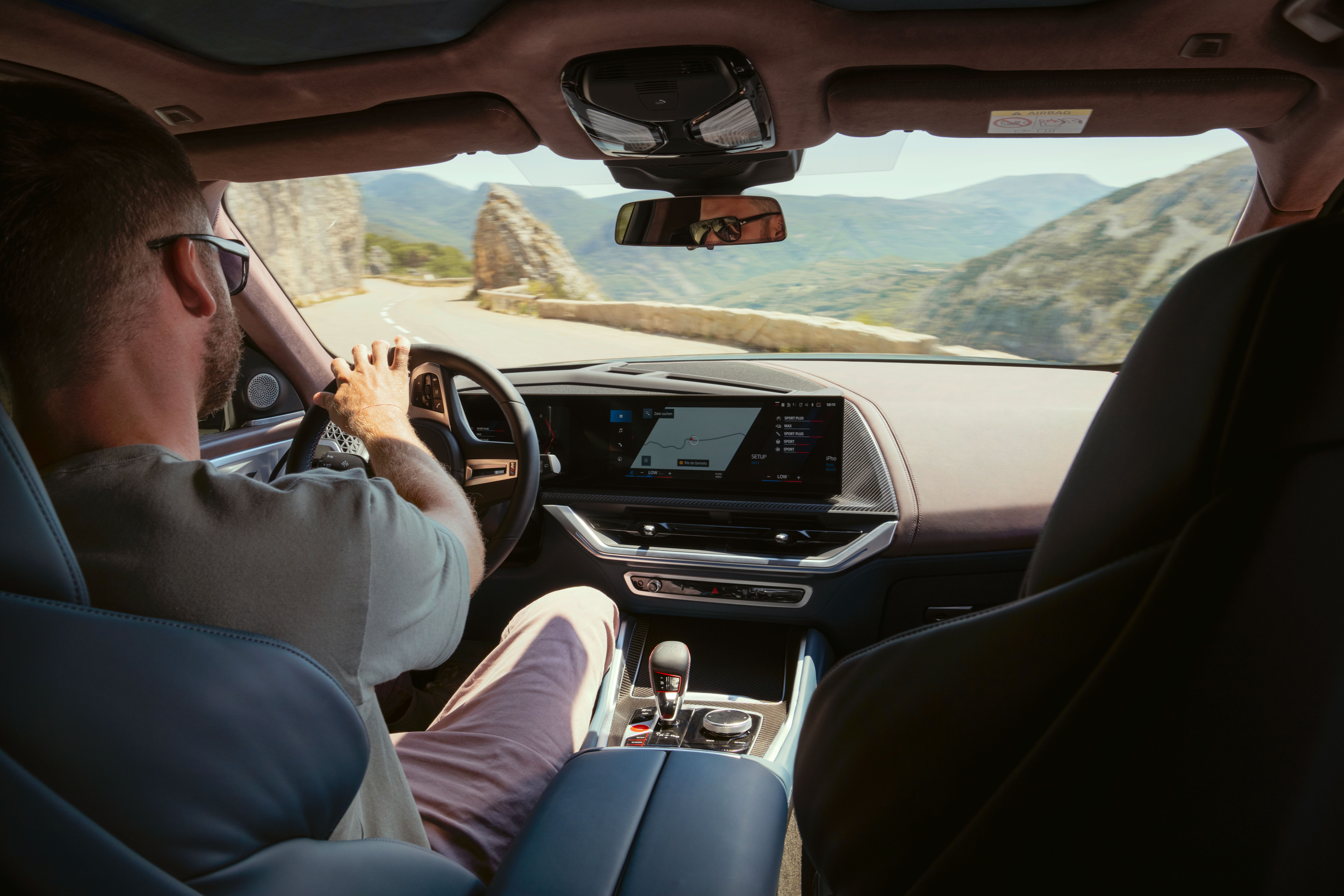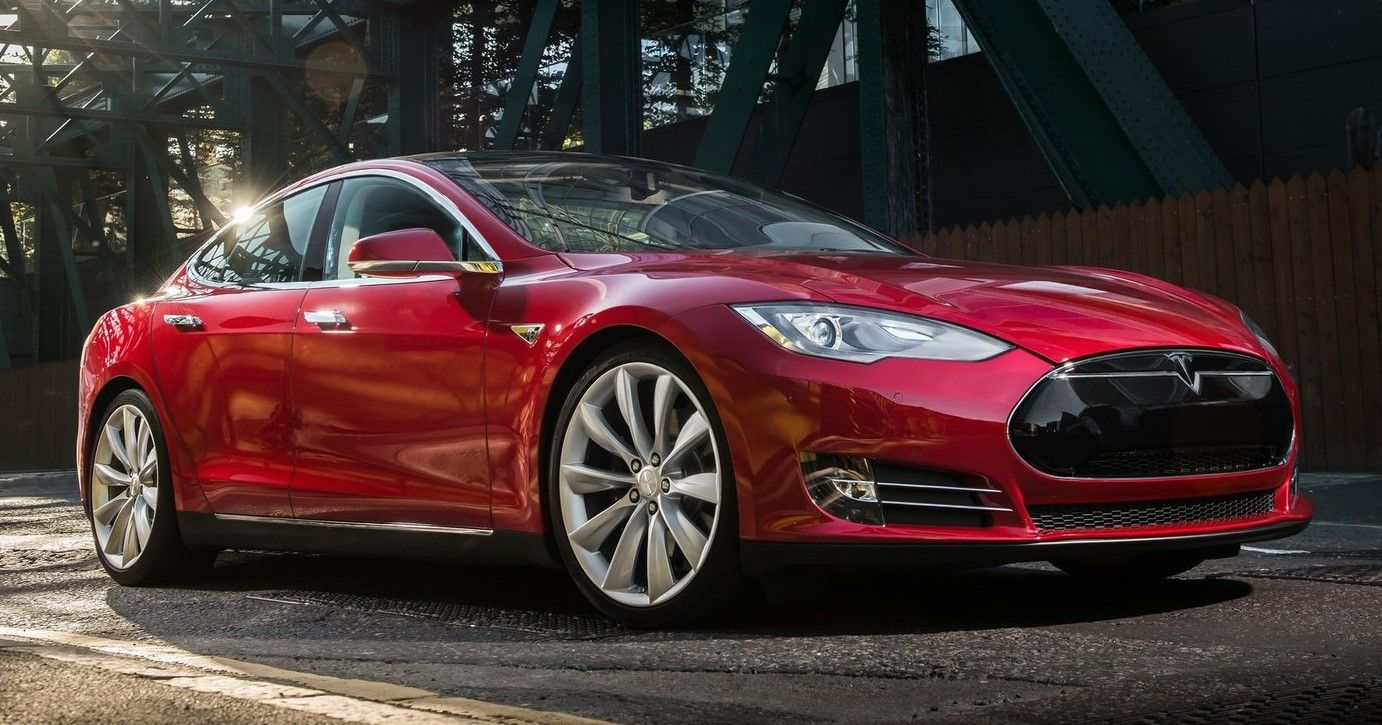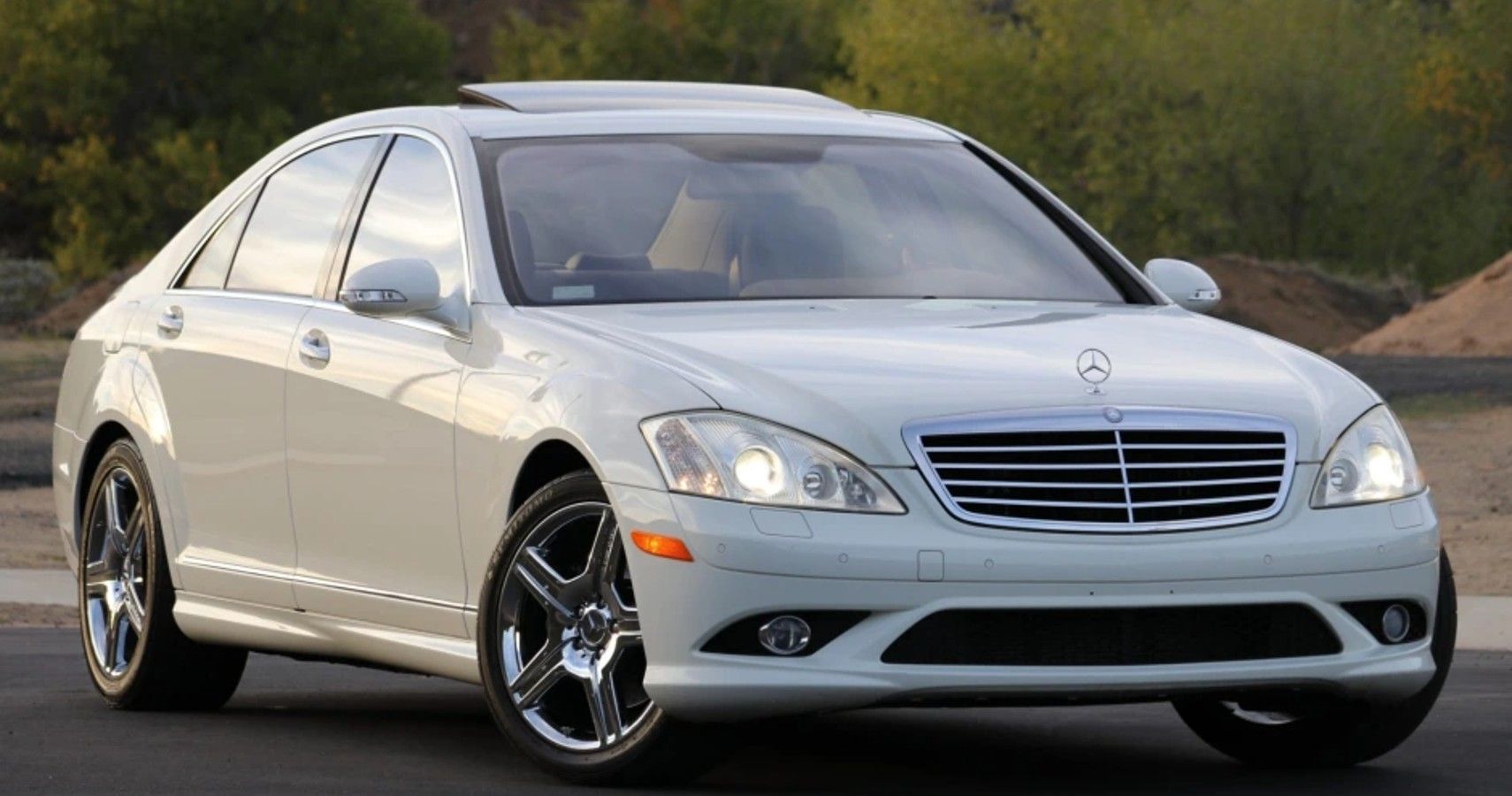Buying from used car it has its own set of drawbacks. Maybe the car’s previous owner was negligent, maybe it was involved in an accident, or maybe you don’t trust the seller. In general, buying a used car can be a difficult decision with many risks involved and must meet a certain set of criteria.
First of all, it depends on what your needs are. Do you just want speed and don’t care about reliability and practicality? In this case, we recommend buying a Maserati, without a doubt. They are quick and cheap to buy, but they have a lot of problems. In other words, Maserati is one of the least reliable car brands we will ever buy.
On the other hand, we have people who only care about how long a vehicle will last and what it will cost them in the long run. Some say 100,000 miles or 10 years is too much for a used car, but when properly cared for, many cars can live past 200,000 miles easily, regardless of age. But if you’re really looking for a reliable car that will last you for years without costing thousands in repairs and maintenance, we recommend checking out anything from Toyota, Honda, or other Japanese car brands.
Now that we have reliability out of the way, let’s talk a little more in depth. When buying a used car, there are many things that potential buyers can overlook and sellers can try to hide. To make sure you buy the best possible car, even if it’s a sports car, at the best possible price, keep these ten things in mind.
10 Check if all functions are working properly
Since the 90s, cars have been bombarded with technology. While this may seem cheerful at the time with automatic climate control, soft-close doors and a state-of-the-art infotainment system, it eventually stops working. So, when you’re looking at a used car, start it up and see if all of its features are working properly, especially the electronics.
The most important features to check include power windows, head and tail lights, indicators, brake lights and silencer. When looking at a more expensive or more modern car, check that the radio works, the Bluetooth connects and all the optional extras work like the infotainment screen, cameras, parking sensors and air suspension . A $25 OBD2 scanner can also help. But don’t let that put you off too much, there are plenty of used cars that are ideal for first-time buyers that won’t have expensive repair technology.
9 Look for the hidden rust
Of course, surface-level rust is always a massive red flag. Not only is it unattractive to the eye, it can also cause your chassis to weaken over time, and when not cared for properly, rust can spread like wildfire. Aside from what it looks like, there are some hidden areas where rust is also commonly found: rust is usually hidden by the undercarriage and is most easily seen on the frame rails, wheel wells, suspension and , sometimes even the exhaust. Generally, only old cars, those damaged by floods, or cars that reside near the ocean suffer from rust. But on rare occasions, even the carpet in the trunk of a car can contain some rust if the owner has spilled liquid on it and never cleaned it.
8 Ask for the car’s history
As with all things in life, it’s best to keep a record of what happened. When buying a used car, it is vital to check that it has an accurate and authenticated service history. Make sure that all services have been accounted for correctly, done at the correct mileage and that all repairs have also been noted. Unfortunately, not all cars have an up-to-date service history, but that’s not the end of the world.
In the event that no history is available, you should do two things. First, make sure the price is lower than similar models with a service history and get a third-party pre-purchase inspection.
7 Get a third-party pre-purchase inspection
In essence, a third-party pre-purchase inspection is a service performed by experienced mechanics to tell you what condition a vehicle is in. These mechanics take a look at a vehicle and give you a completely unbiased report that includes a full engine diagnosis, an analysis of the condition of the paint and other vital parts of your car.
This will give you a clear indication of what needs to be fixed and how much it will cost. You can use this as leverage to lower the selling price of the car and determine if the seller is honest. Some companies that offer a pre-purchase inspection include Copart, Dekra, and a number of independent mechanics as well.
6 Exhaust smoke
The color and smell of exhaust smoke are two factors that many buyers overlook. Obviously, an uncommon exhaust odor means something is wrong with your car, but here are the most common ones and what they mean: A rotten egg smell usually means a damaged catalytic converter, a sweet smell can indicate that you have a coolant leak. due to damaged head gaskets and a gasoline smell indicates that your air/fuel ratio may be too rich due to leaking fuel injectors or a multitude of other problems.
The color of the exhaust is easier to identify. Thin white smoke is usually normal and can occur due to cold weather, blue or gray exhaust smoke means an oil leak and black exhaust smoke means big problems (unless you have a diesel car) as too much gas is burned due to a clogged air filter. , blocked manifold or fuel injection system malfunction. But the most dangerous sign is thick white smoke that does not go away. One cause of thick white exhaust smoke can be a leaking head gasket, or a cracked block or cylinder head, possibly catastrophic.
5 Look for signs of possible accidental damage
If you don’t want to pay for a pre-purchase inspection, there are other ways to find out if your vehicle has possibly been involved in an accident. The two easiest ways to identify a vehicle that has been in an accident include checking for panel gaps or paint inconsistencies.
Panel gaps are becoming slightly common in the manufacture of some lackluster cars like Teslas, which are some of the American cars you should avoid buying used. Aside from gaps in the panels, accidental damage can be identified when looking closely at the paintwork. Orange peel is also common on factory cars, but slightly different color pigments are not. So when the colors of two doors are not the same shade, it is likely to have been in an accident.
4 Take a thorough test drive
It almost goes without saying that you should test drive a car before you buy it. But you shouldn’t just do a normal test drive, you should do a thorough one. This means that instead of going for a quick drive around the block, you have to drive about 30 minutes from the dealership to the freeway and back.
Throughout your ride, you should keep your ears and eyes open for any strange noises or knocks coming from the engine or interior. Doing a hard emergency brake in a safe environment is also a good idea to test if the brakes are working properly.
3 Have a firm budget
Used car dealers will also try to get you tied to the best possible deal for them, not you. After all, business is business. Just because you’re on a tight budget doesn’t mean you have to settle for a boring car. If you’re looking for a fun driver’s car, there are a handful of cheap sports cars that can beat a Mustang GT that won’t cripple you financially…
While we don’t condone scamming a company or private homeowner by continually undercutting them, we encourage you to have a firm budget up front with absolutely no wiggle room. Whether you’re financing or buying cash, have a predetermined budget. And also don’t forget about the preparation fees, delivery fees or any other unnecessary extras that the distributors come up with.
2 Investigate known issues and potential issues
Do proper research beforehand when buying a used car. Browse the internet or even our site for known problems and issues related to a specific model year of a car. On the one hand, this may contain bad news that will save you an exponential amount of money in the long run. On the other hand, you may find that owning one of your dream cars won’t be as much of a hassle as you thought it would be.
For example, many people consider Mercedes-Benz cars to be nothing but trouble, when in fact there are some incredibly reliable Mercedes-Benz engines if you know where to look. By knowing which problems occur most often, you can also check if the problem has already been fixed.
1 Consider the resale value
Most of the time, buyers do not consider the resale value of a vehicle whether they plan to sell the car in the future or keep it. However, it is always better to own a car that will appreciate in value over time or maintain its value. Just so you know, luxury cars tend to have the worst resale value of all cars due to depreciation and the vast majority of problems that come with age.
Other than that, there are some key features that prevent your car from depreciating so much or that it will increase in value over time. If you’re buying a basic commuter car, make sure you get one that’s white with a neutral interior, but if you’re buying something more sought-after, try to find one that fits the same specs as the car from the initial press release. , or try to find one with rare options like a manual transmission or unique colors.
Sources: AutoTrader, Your Mechanic, Capitol Toyota, Firestone Complete Auto Care



